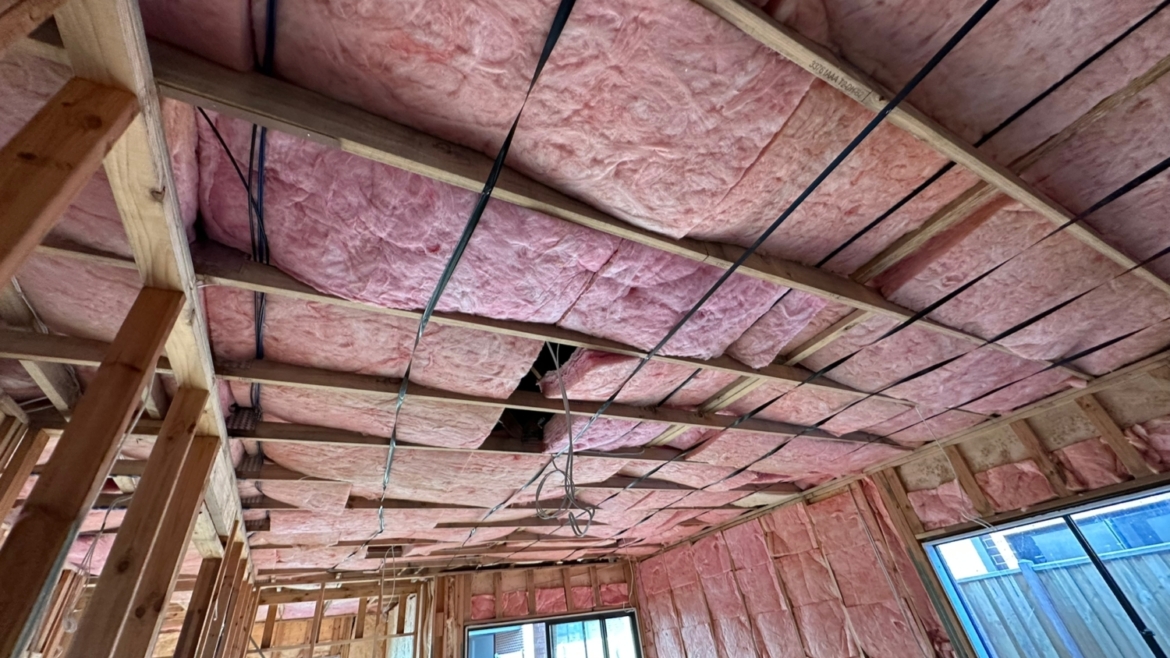Certainly, ceiling insulation is crucial for maintaining a comfortable indoor environment, especially in regions where extreme temperatures, like those experienced in various climate zones within Australia, can impact a home’s energy efficiency. Here’s a concise summary of the importance and installation methods of ceiling insulation:
Importance of Ceiling Insulation:
- Heat Barrier: Ceiling insulation acts as a barrier, preventing heat from entering the home during summer and retaining the warmth inside during winter.
- Energy Efficiency: By reducing heat transfer, insulation helps in energy conservation, lowering the need for excessive heating or cooling. This, in turn, leads to reduced energy bills.
Types of Ceiling Insulation:
- Specifically Designed: Insulation materials designed for ceilings are available in various thicknesses. These options cater to different climate zones within Australia, ensuring optimal thermal performance.
Installation Methods:
- During Construction: Ceiling insulation batts can be installed from below the ceiling during the initial construction phase of a home. Proper installation ensures seamless integration with the building structure.
- In Existing Homes: For existing homes with roof access, ceiling insulation can be retrofitted from above. This method is effective in upgrading insulation in older homes, enhancing their energy efficiency.
By incorporating ceiling insulation, homeowners can create a more energy-efficient and comfortable living environment while minimizing the impact of external temperature fluctuations. Whether installed during construction or retrofitted, ceiling insulation plays a vital role in ensuring year-round thermal comfort.

